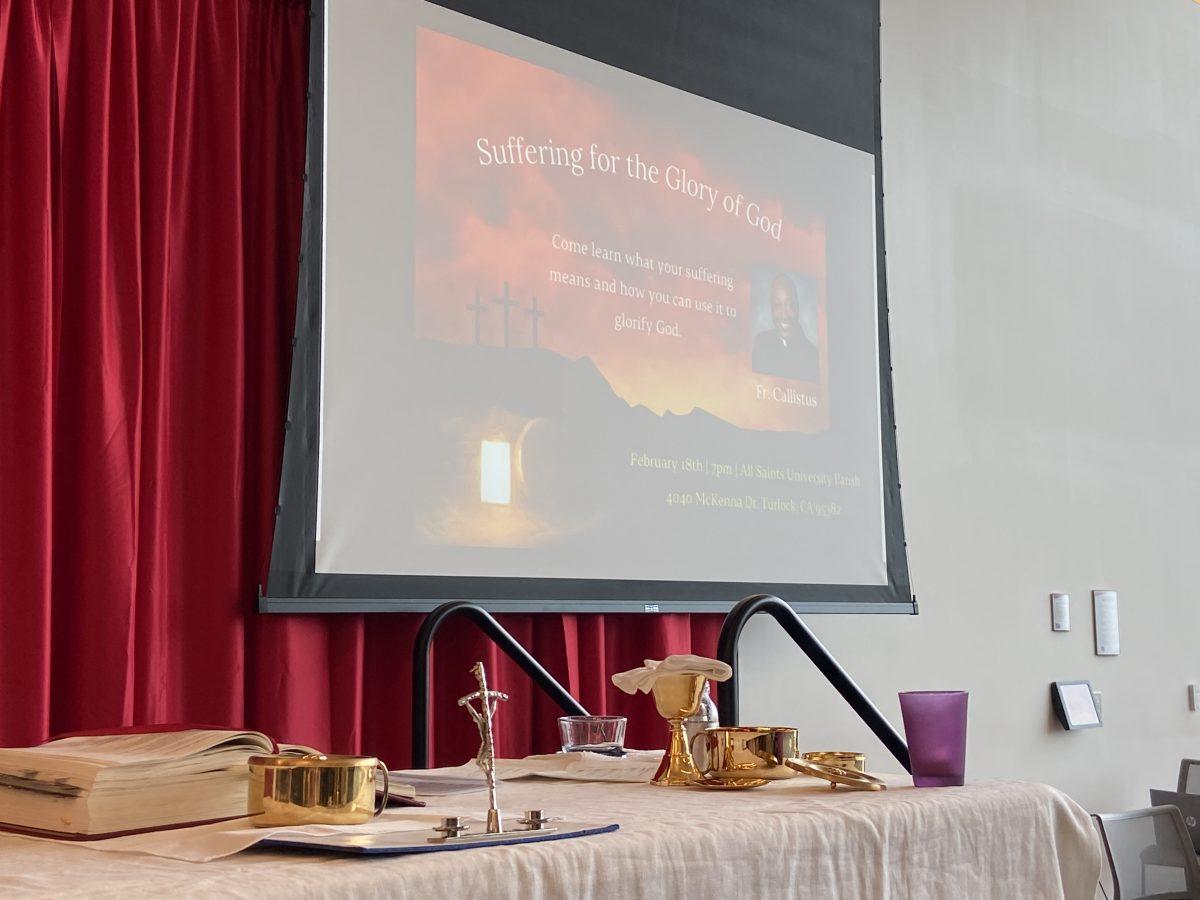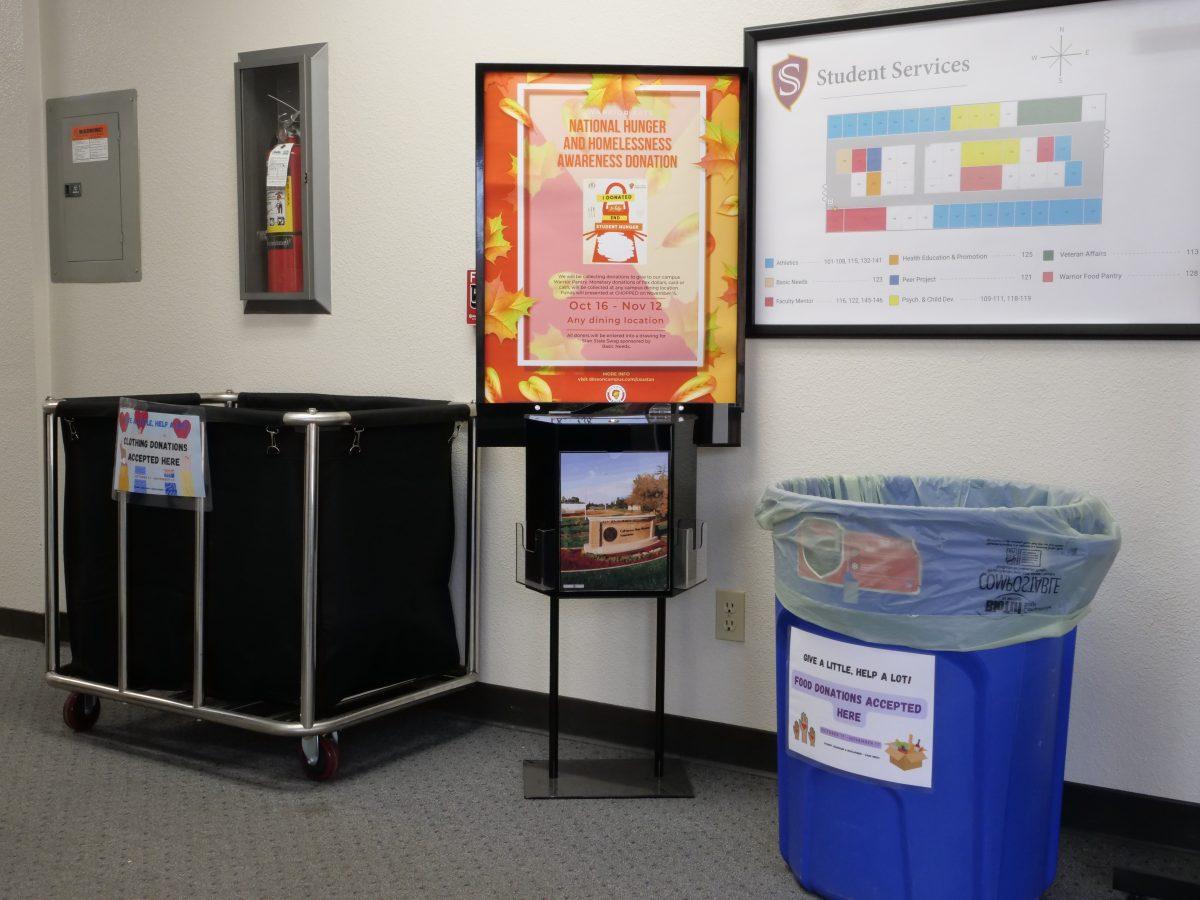Vaping has become another way to intake nicotine, and recent vape related incidents have caught the attention of the community.
Although vaping is proven to cause health issues, many young adults and adolescents are unaware of this.
According to the Department of Psychiatry and Behavioral Studies, “… 63% [of young adults and adolescents] did not know that nicotine is present in JUUL products, 19% believed that smoke from e-cigarettes was only water, and 23% believed that e-cigarettes were not a tobacco product.”
Matthew Comfort (senior, Psychology and Chemistry) shared how he avoids nicotine.
“It’s too expensive and I do not have the desire to develop the addiction,” he said. “It’s not hard to find information, it’s not hard to do research, but it is easy to ignore it. Flavors, tricks, it does not smell like cigarettes, they are better than cigarettes, but it’s still a nicotine addiction and is unsafe.”
Denise Powell, Pharmacist from the Student Health Center, shared the ingredients in vape cartridges.
“There has been a total of 60 chemicals found in e-cigarettes. Like acetone, formaldehyde, lead, iron, aluminum, and sulfur. We are not sure what all the effects of these chemicals are on the lungs.”
Dr. Sergio Mazon, Lead Physician of family medicine, gave a description of the symptoms that users have experienced.
“Since June, all the sudden there’s a lot of lung injury from vaping. People are getting really, really sick. They’re getting symptoms of chest pain, shortness of breath, or a cough. A lot of people, including young and healthy people, ended up in the hospital.”
Lieutenant Matt Dillon, from the University Police Department, described the issue from his perspective.
“There haven’t been any vaping issues requiring UPD intervention. Vaping and e-cigarettes are legal (unless in areas where it specifically is restricted – such as CSUs), but I think making sure people understand it is against policy at the CSU and the possible health risks is important.”
“The recent news regarding multiple deaths attributed to vaping and e-cigarettes is concerning. The recent movement toward banning flavored vaping and e-cigarette products could be helpful in reducing the number of people under 18 from developing an addiction,” Dillon said.
Stanislaus State, along with every California State University, follows a mandatory policy.
The CSU Systemwide Smoke and Tobacco Free Environment policy (EO1108) states, “Effective September 1, 2017, all California State University campuses shall be 100% Smoke Free and Tobacco Free.”
According to CDC (Centers of Disease Control and Prevention), “Anyone who uses an e-cigarette or vaping product should not buy these products off the street, and should not modify or add any substances to these products that are not intended by the manufacturer.”
There is a THC form of e-cigarettes.
According to Powell, “The cartridges are very concentrated. The marijuana of today is much stronger than it was back in the sixties and seventies.”
“Back in those days the THC content would be between 1-3% and now some of those products have up to 90% of THC that causes the high feeling,” Powell said.
All cannabis items sold need to be correctly labeled and compliant to state testing standards.
“People that are getting sick, most of the time, are getting it from non-registered distributors. A lot of the additives in them, although [it] might be safe ingesting them, they weren’t meant to be vaped. Those same chemicals are causing injuries in people’s lungs,” Mazon added.
The colorful packaging and clever flavor names have masked the truth behind these vaping products.
Until more information is available, it would be safest to refrain from using these products.






